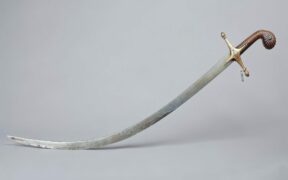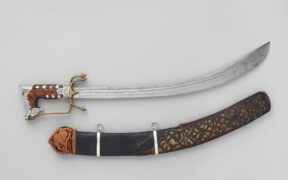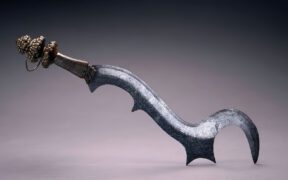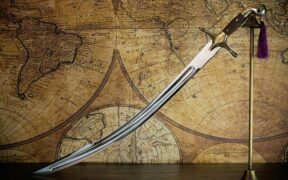Our content features commercial links to our products, committed to transparent, unbiased, and informed editorial recommendations. Learn More
Zulfiqar Sword: The Islamic Spine Splitter
NO AI USED This Article has been written and edited by our team with no help of the AI
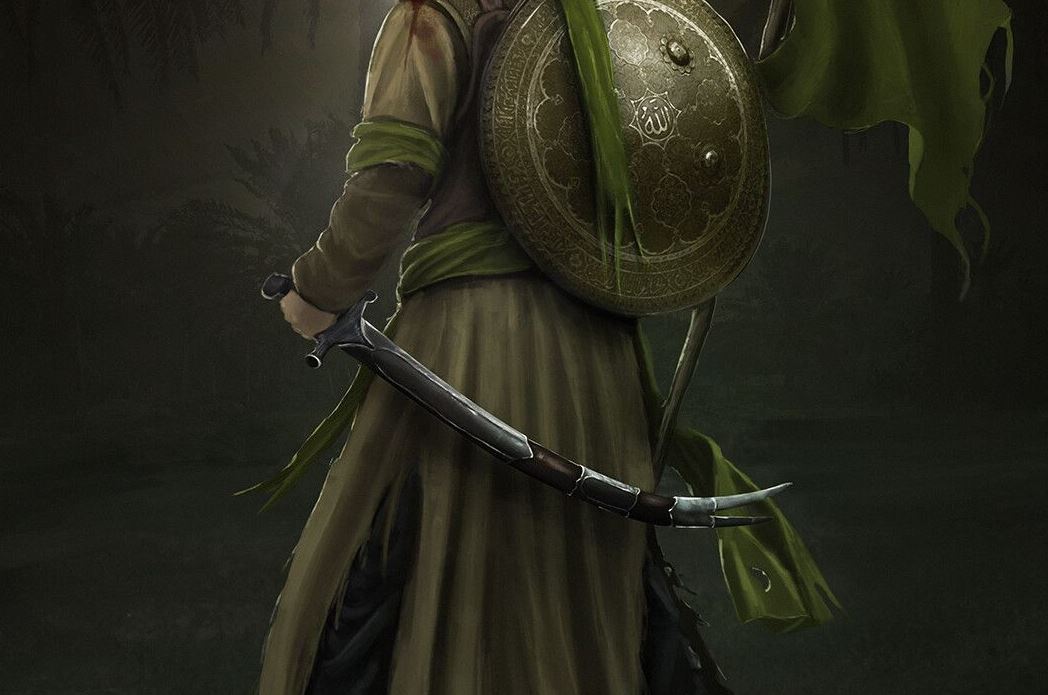
The Zulfiqar sword is an Arabic Islamic sword that is very unique and unlike any other sword in the world. It was used in the founding days of Islam and held by both Mohammad, who is the founder of the Muslim religion, and Imam Ali who is both his cousin and his bravest warrior who plays a very big role for the Shia Muslims.
In this article, you will discover the types of Zulfiqar Sword and all its distinctive visual characteristics. Then you will learn its biggest uses and its long and mystical history. We will finish by covering some of the most frequently asked questions.
Types of Zulfiqar Sword
Imam Ali used the original Zulfiqar sword, but here we will mention some other types of swords with the two spikes that have been used primarily just for looks and as Islamic symbolic weapons.
Imam Ali Zulfiqar Sword

The above picture depicts the original shape of the Zulfiqar Sword which is most commonly known today. Used by Imam Ali in the 7th century AD, this sword is an Islamic symbol today. It is a sword with a vast legendary and mystical background and has very little value in real battle.
Spiral Zulfiqar Sword

An eye-catching Zulfiqar sword, it is believed to have had no combat use at all.
Rough Zulfiqar Sword

The rough Zulfiqar sword was most likely designed based on a decorative appeal.
Straight Zulfiqar Sword

The straight Zulfiqar has a double-edged blade and two end spikes for thrusting.
Split Blade Zulfiqar Sword
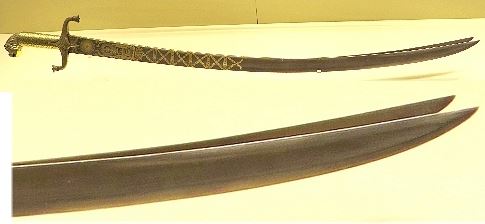
This type of Zulfiqar sword splits in half at the last third of the blade into two separate edges.
Characteristics of the Zulfiqar Sword
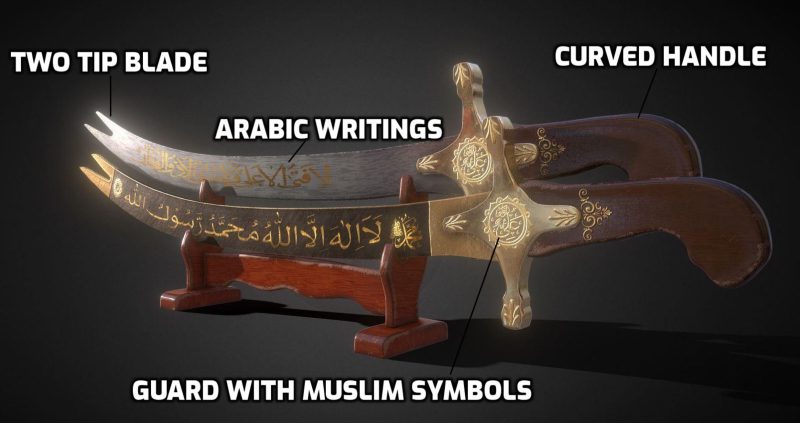
The sword of Imam Ali, sometimes known as the Zulfiqar or Zulfikar sword, has the most distinct characteristic possible from all other swords in the world. It is effortless to recognize primarily because of its fork tip blade point.
Blade
The blade of the Zulfiqar Sword has a curvature that starts from the middle point until the end, which splits into two separate fork-like tip points. It is made of steel and is usually around 80-90 cm / 31-35 inches long.
Most of the time, the Zulfiqar sword has the engraved writing, ‘There is no sword but the Zulfiqar, and there is no Hero but Ali.’ The name of the sword can be translated to ‘spine splitter’ because of the two split points at the end of the blade.
Fork Tip
The sword’s tip is fashioned like a fork, making it stand out from other blades. The forked tip is the sword’s most distinguishing characteristic. Although the appearance of this forked tip may seem intimidating, it has no real significance or importance when it comes to battle. Legend says that the two tips represent science/wisdom and justice.
Guard
The Zulfiqar sword can have many guard shapes and forms because its primary purpose was decorative rather than having a practical application. However, the ones used in battle had a diamond-shaped guard in the middle with two extensions on the left and right sides to provide protection for the user’s hands.
Handle
The handle length of the Zulfiqar is around 15cm / 5.9 inches long. It is slightly curved at the bottom, also called the pommel, giving you an excellent grip when held with one hand. Usually, this curved handle is made from wood for durability’s sake.
Scabbard
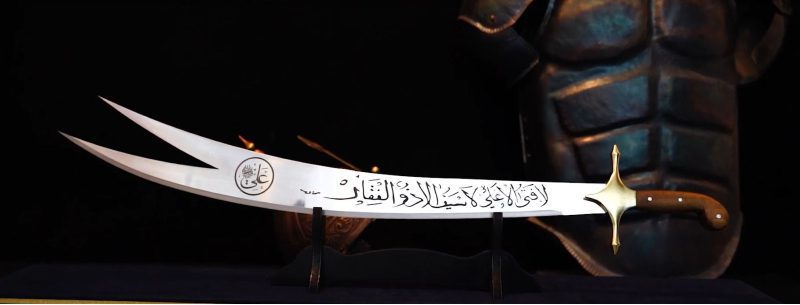
Believe it or not, the Zulfiqar does have its own scabbard (sheath). It can be made of wood or leather and inscribed with many Islamic-like symbols and Arabic writing. The end of the scabbard splits to cover the separate tips.
Weight
The weight of the Zulfiqar sword is around 1.3 – 1.6 kg / 2.8 – 3.5 lbs. It is not very heavy, considering its broad and two tip edge points. According to legend, the original sword used by Imam Ali was heavy, weighing 3 to 5 kg / 6.6 to 11 lbs.
Length & Size
The Zulfiqar sword’s overall length should be around 100-110 cm / 39 – 43 inches long. The real sword that Imam Ali used was probably 104 cm / 41 inches. If you believe in the legendary sources, it was 3 meters / 9.8 feet!
The sword gradually widens from the guard to the two-spiked edge. The size should usually be around 5cm / 2 inches wide at the end before splitting.
Uses of the Zulfiqar Sword
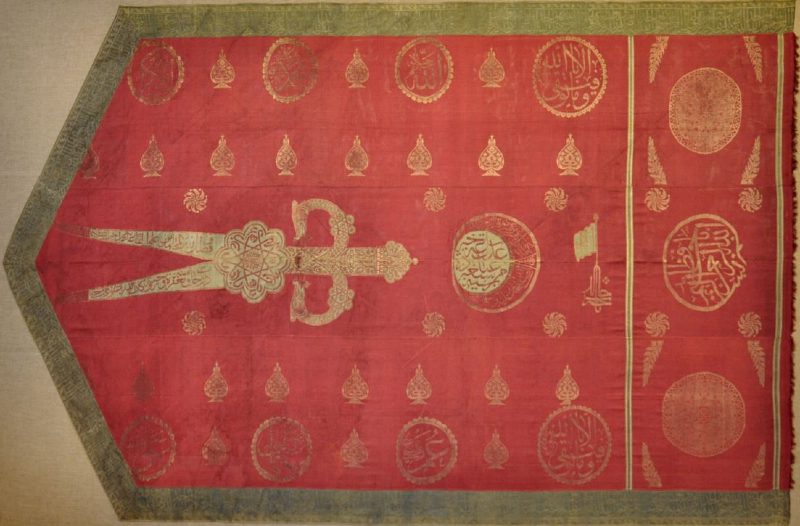
The Zulfiqar is wielded as a one-handed sword. It has an excellent handle to hold with one hand, and its lightweight design will allow you to move fast and effectively. You shouldn’t use this sword for thrusting as the tips may become stuck after it is thrusted into something.
Decorative Piece
The sword has limited use and is predominately decorative, representing the early days of Islam and the brave and wise warrior known as Imam Ali. It is one of the best swords to have and own if you are a firm Muslim believer. Symbolizing the power and wisdom of Islam, it was used for this very same purpose during the Ottoman Empire.
Symbolic Use
The symbol of the Zulfiqar sword is well-known throughout the world. It is a symbol used in many Turkish and Middle Eastern flags and blades, like how the cross was used in Europe.
Many religious Islamic pictures and flags depict the Zulfiqar sword. Some even name their children after the sword. It is often represented in military personnel, especially in modern Shia iconography, which represents resistance to oppression.
History of the Zulfiqar Sword
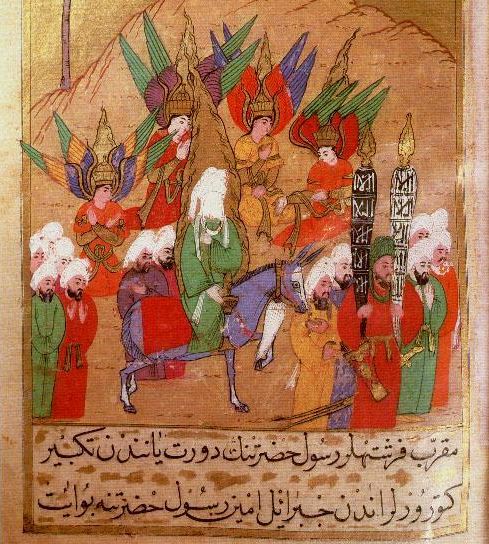
The Zulfiqar sword is an Arabic sword tied with the Islam / Muslim belief. It is said that this sword originates from around the 7th century AD. Besides being the sword of the prophet, it was also considered to be a gift from Allah to help spread the Muslim religion around the Arabic peninsula and wider. It can be found in writings from as early as the 8th century.
The sword has a very fictional and controversial background with unclear and questionable origins. No matter how and where it came from, it is one of Islam’s defining swords. In fact, it is even said that this is the sword that could kill both humans and jinns alike. It was used mainly by a general named Hazrat Ali Ibn Abi Talib in the early days of Islam.
It was used in many battles and passed on by Ali to the other Imams in the Arabian peninsula. This sword represented authority and wisdom and was the key symbol on swords made in Islamic history and the world. It is often seen on Ottoman swords, especially with Ali’s engraving from Jibrail when using the Zulfiqar.
Origins of the Zulfiqar Sword
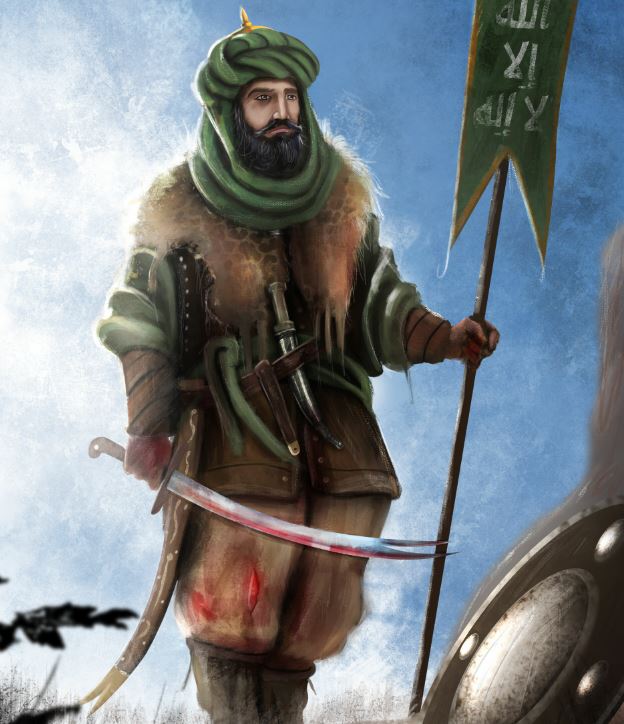
As we know from history, Muhammad was a very successful trader who possessed many swords and armor. One of these swords was the Zulfiqar sword that he may have given to his right hand man or the soldier fighting in his name, Imam Ali.
Although this sword has controversial origins, let’s look at some of the most popular ones.
Given by God
This theory states that this sword was given by God (Allah) to the prophet Muhammad because he requested it. Some say it was given right after Muhammad started listening to God and required a weapon to defend himself from non-believers and enemies.
Meanwhile, other sources say that this sword was given to the prophet Muhammad by God before the battle of Badr or Uhud. Both these origins are legendary, but they share the same concept that an angel named Jibrael was sent from the skies to bring forth the sword.
Then, Muhammad having a whole set of 7 or 9 swords, gave one of them to his closest friend and cousin, Imam Ali. That is how he obtained this powerful sword and used it to protect Muhammad and Islam.
Battle of Badr
The battle of Badr is one of the 3 defining battles in Islam. From this, some say that the Zulfiqar sword was actually obtained from the battle of Badr. Also, because of the bravery and courage of Imam Ali, Muhammad decided to bestow it upon him and proclaim him as his primary defender and friend.
Legendary Zulfiqar Sword
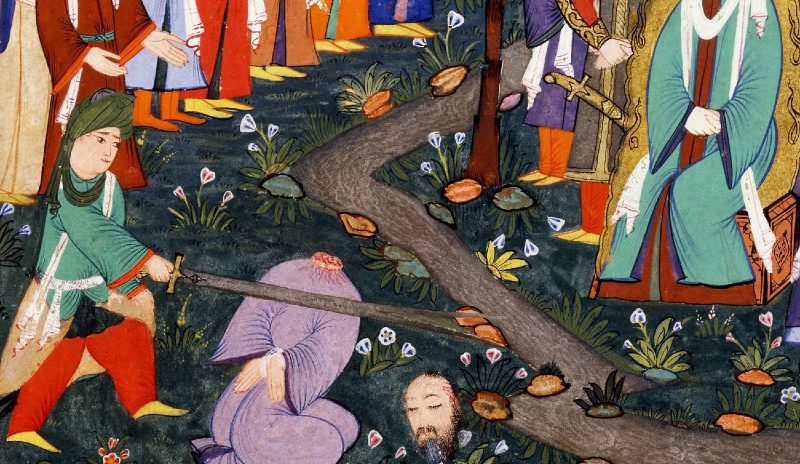
The legendary Zulfiqar sword might or might not be mentioned in the Quran, depending on the direct Arabic translation. It was said to be 105 kg / 231 lbs heavy! Of course, this is only a legend and was never proven throughout history. Naturally, this has resulted in many stories about the weight of the Zulfiqar. The most famous one is when Ali throws the sword in front of his enemies and no one could pick it up.
The legendary Zulfiqar is also said to be 3 meters / 9.8 feet tall. This length is mentioned in various stories where Ali battles many enemies and wars. It is said that he could have slaughtered 500 enemies easily by doing whirlwind strikes with his sword. This is, of course, fictional, and a sword of this size hasn’t been found either.
Does the Zulfiqar Sword have any Fighting Value?
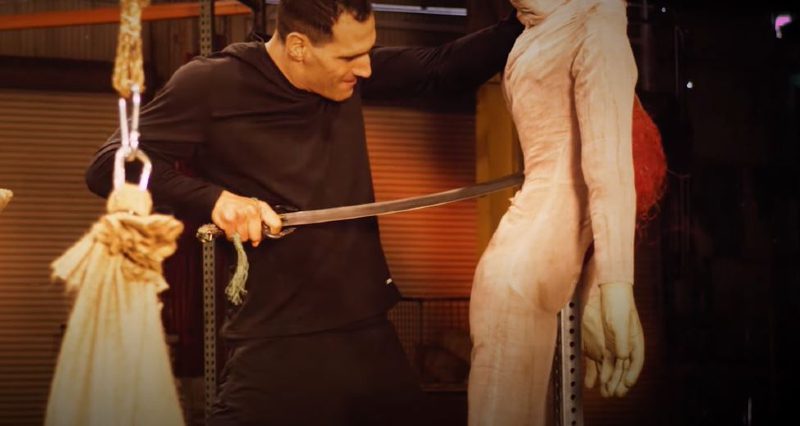
The Zulfiqar sword has very little to almost no fighting value at all.
The main reason you only see this sword in pictures and rarely on soldiers in battle is that the fork-like tip at the end of the blade cannot provide the effectiveness of a standard sword. Not only does the wider and heavier blade require more effort and control, there is also the fork tip that needs more precision and skill.
It was rarely used as a slashing weapon because the fork tip can sometimes be a nuisance by being caught on a piece of armor. It would have been a terrible thrusting weapon as the tip getting caught would be unable to fully puncture anything.
Although the Zulfiqar sword wasn’t used by soldiers, it does have a symbolic value that stands firm even to this day.
Where is the Zulfiqar Sword today?
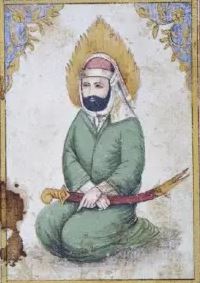
Many Islamic countries claim that they have the same Zulfiqar sword that was used by Prophet Mohammed and Imam Ali. It is said that it was passed from Imam Ali to the other succeeding Imams, continuously handed down after many battles like Karbala and then to many Abbasid Caliphs.
But in reality, the Zulfiqar sword has been lost for hundreds of years, and no one knows where it is or if it is even still in existence.
Conclusion
It is now abundantly clear that the Zulfiqar sword is an artifact that has excellent historical, theological, and mythical backgrounds. Its blade is made from early medieval iron and steel from Islamic countries. Although the sword contributes nothing to actual battles and warfare, it remains one of the most iconic Islamic symbols today.
